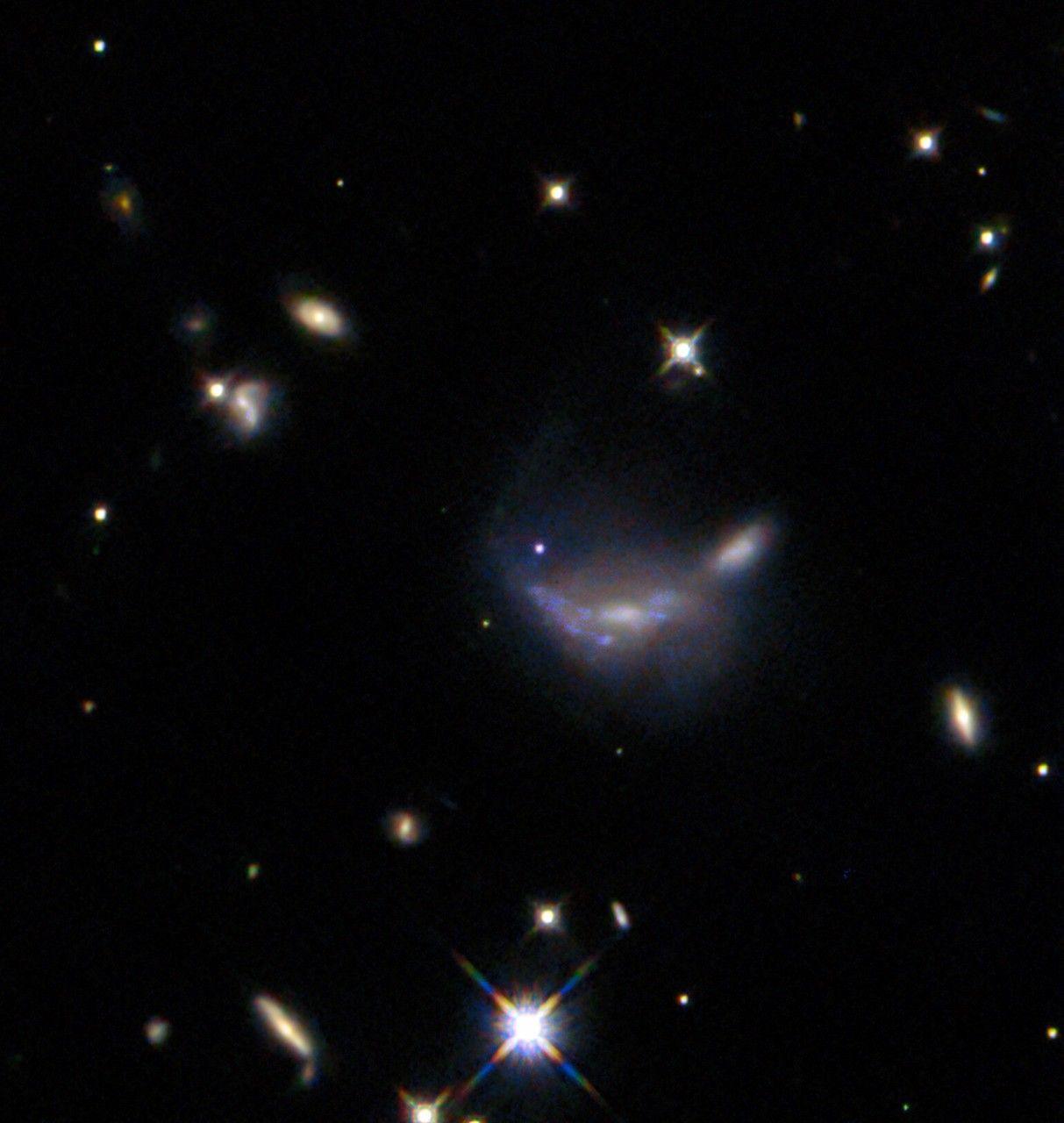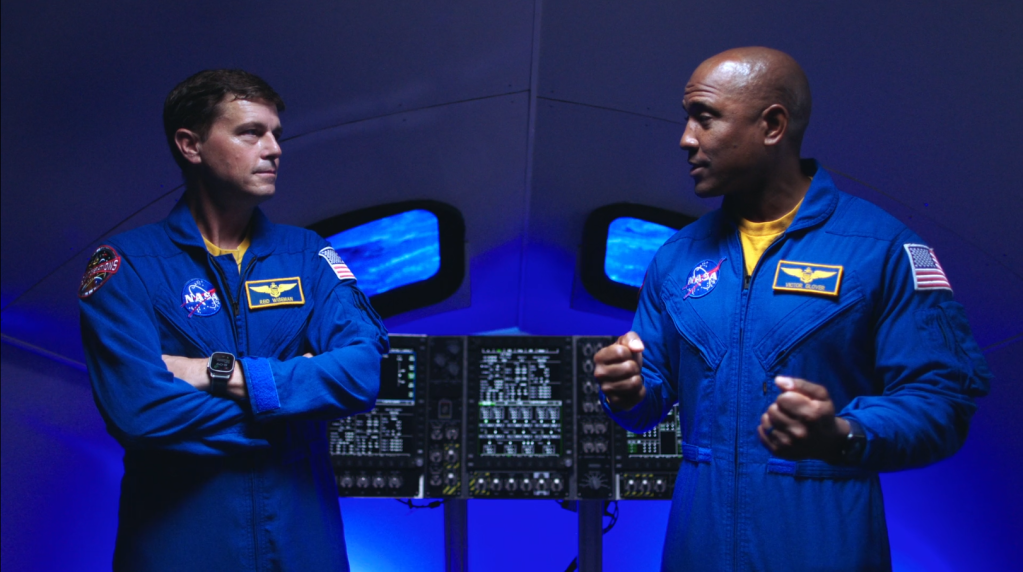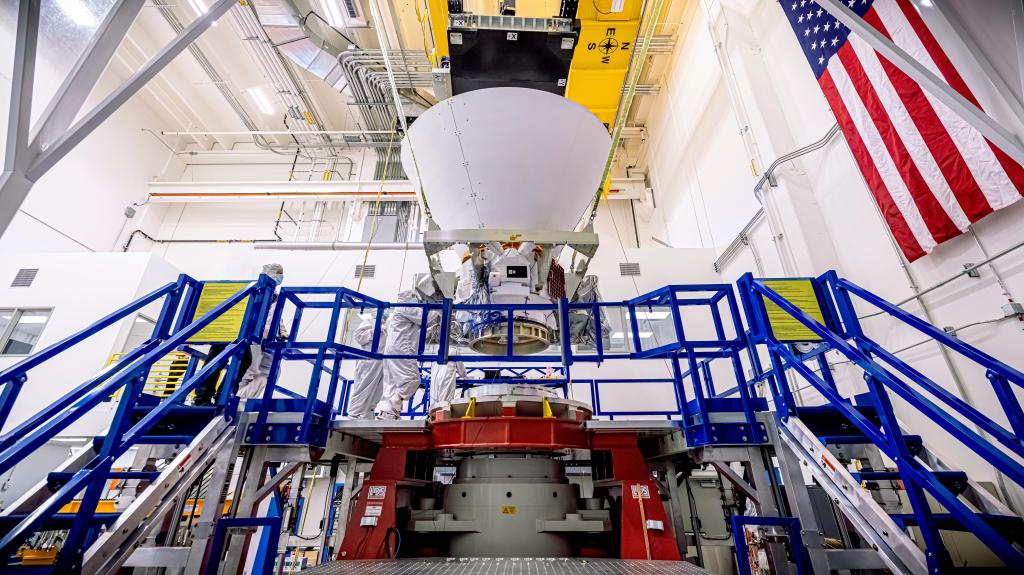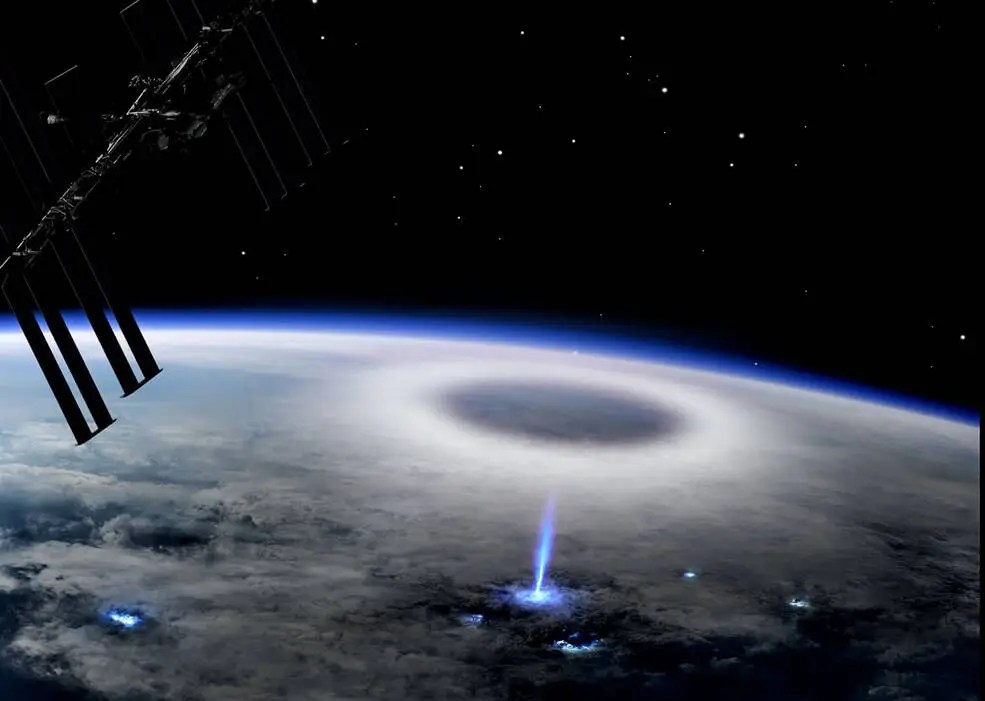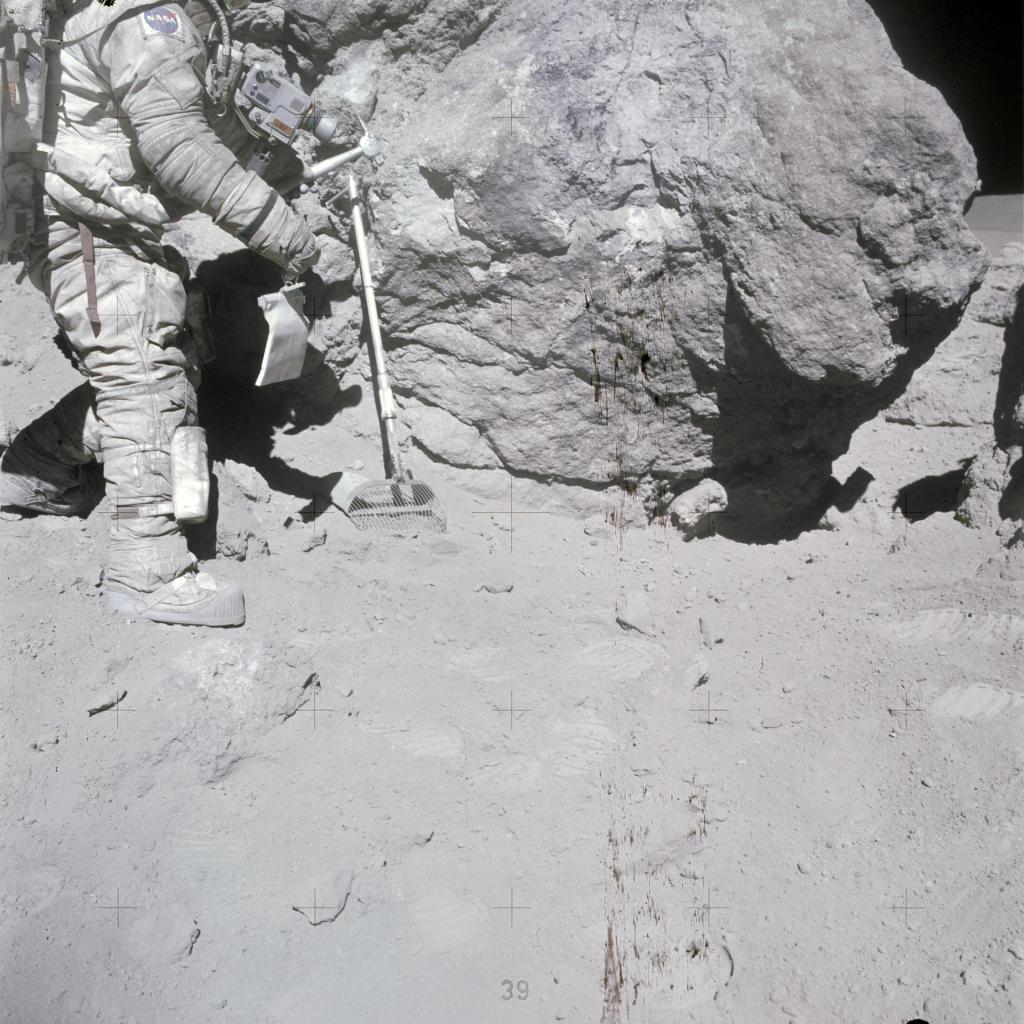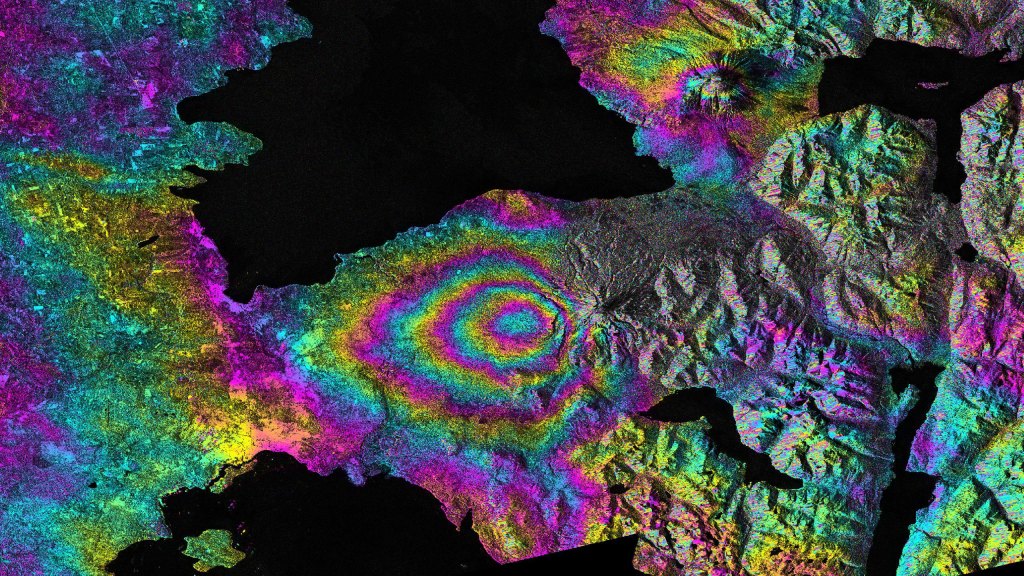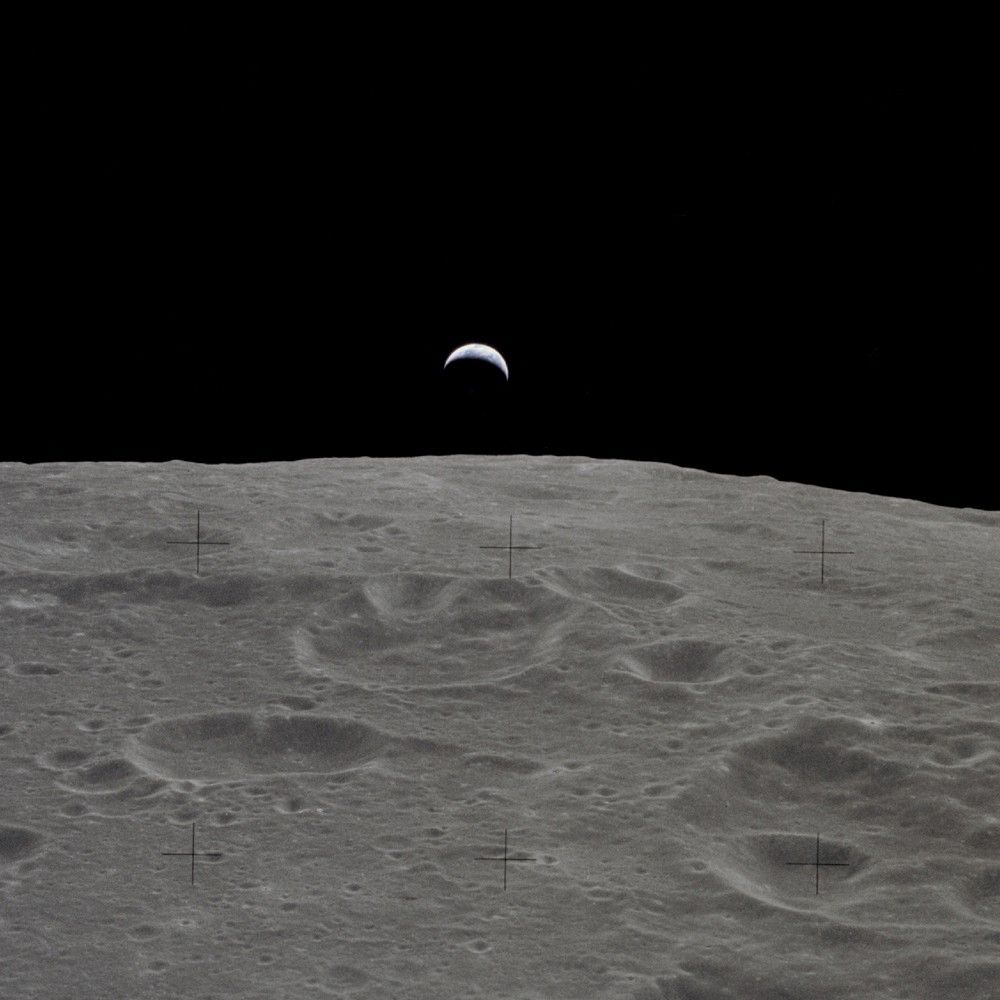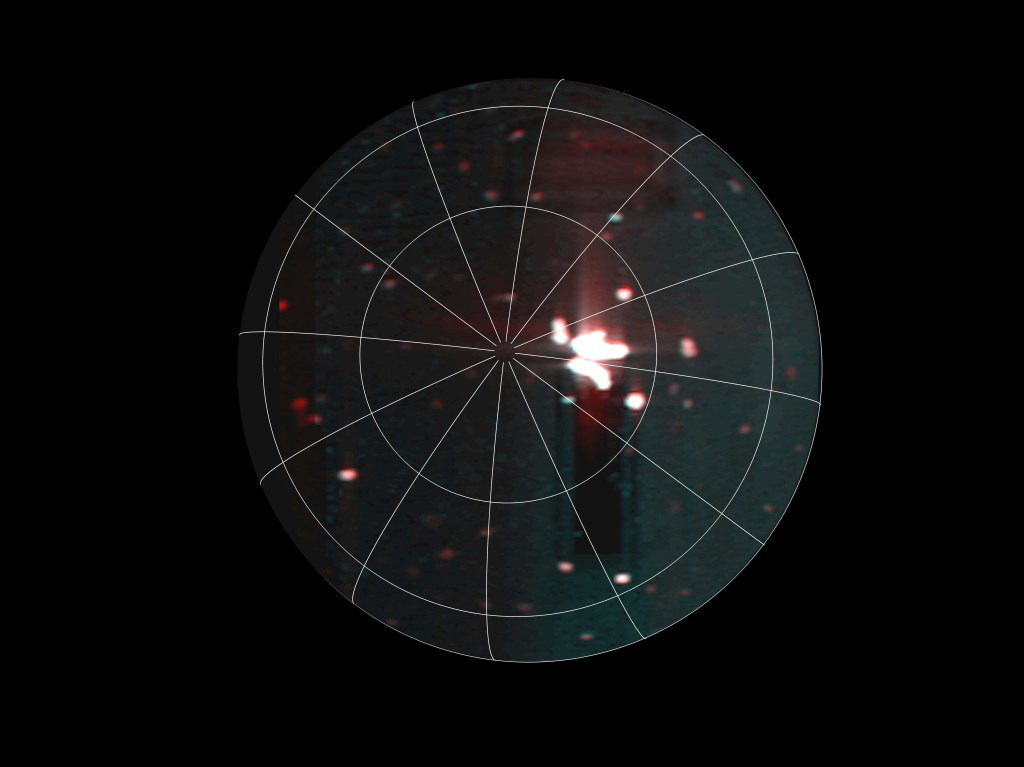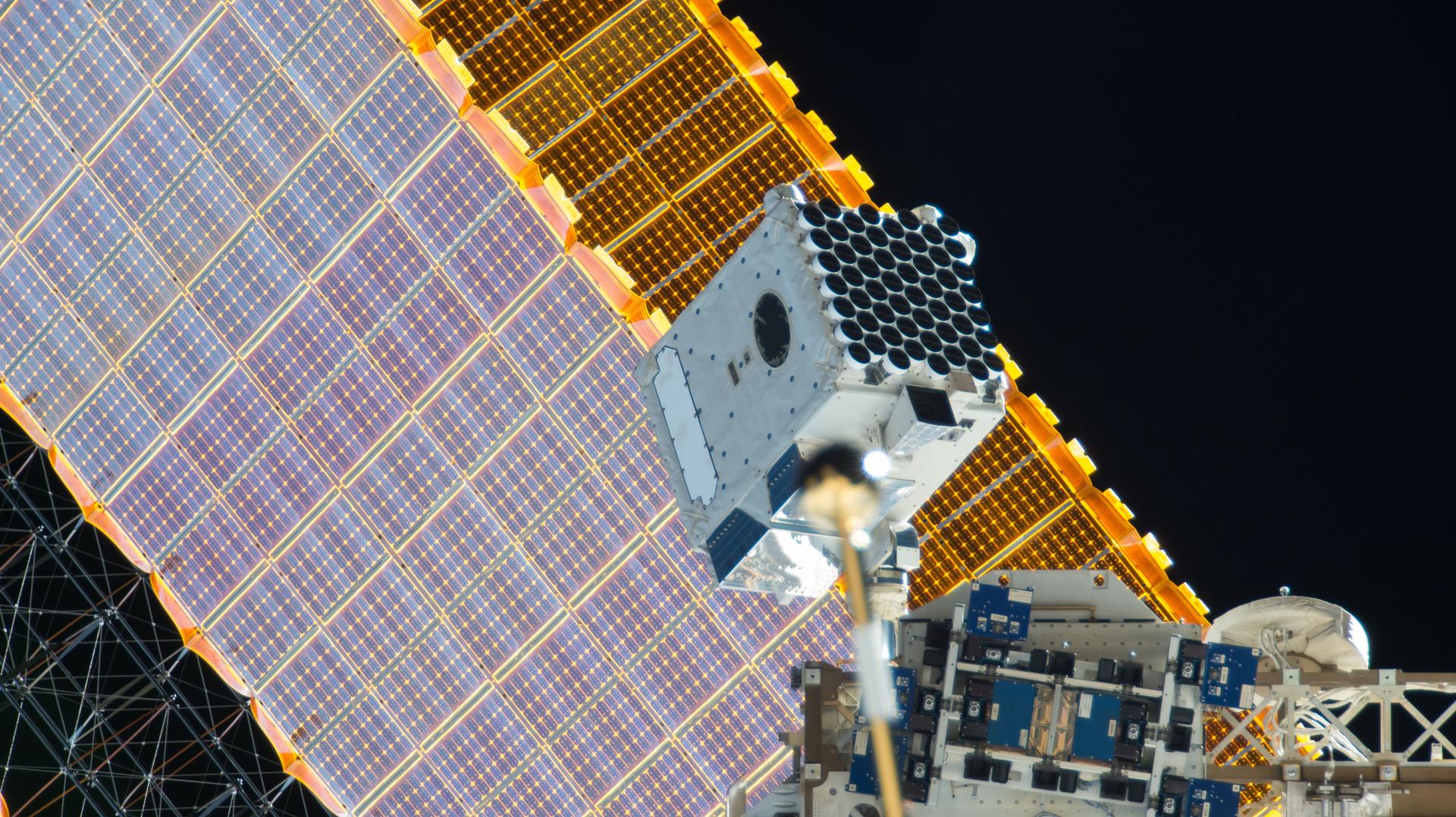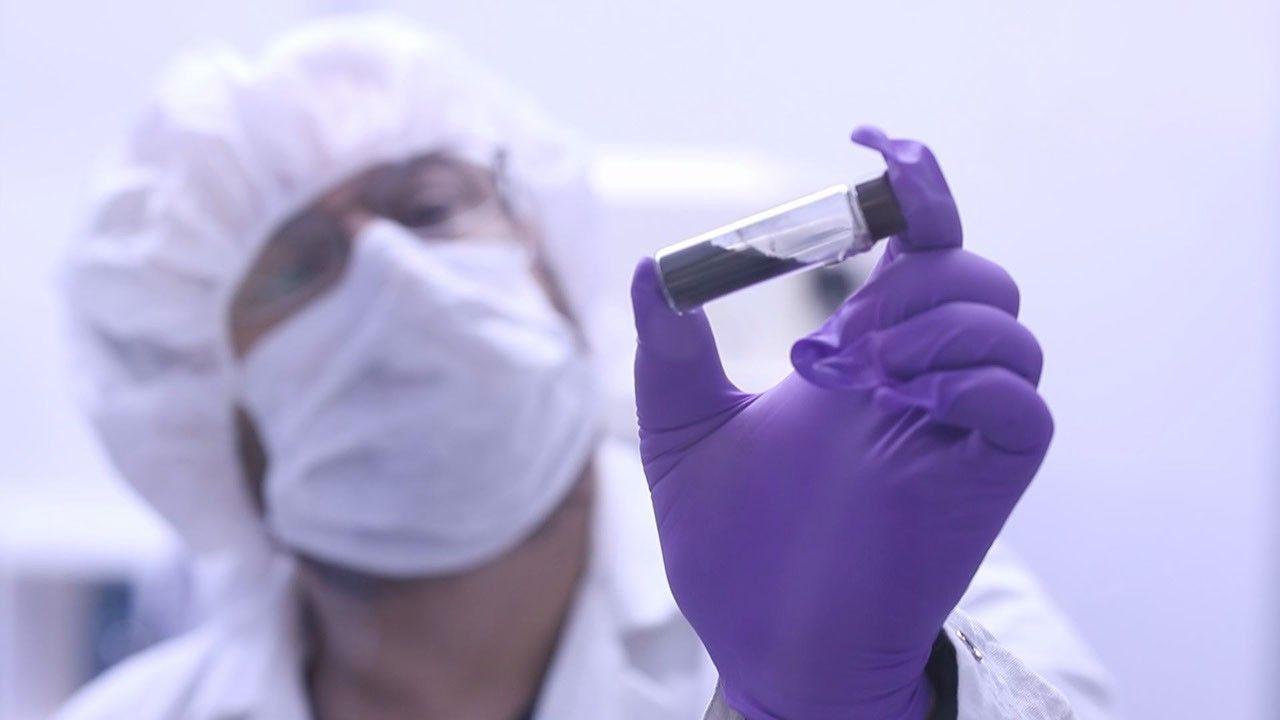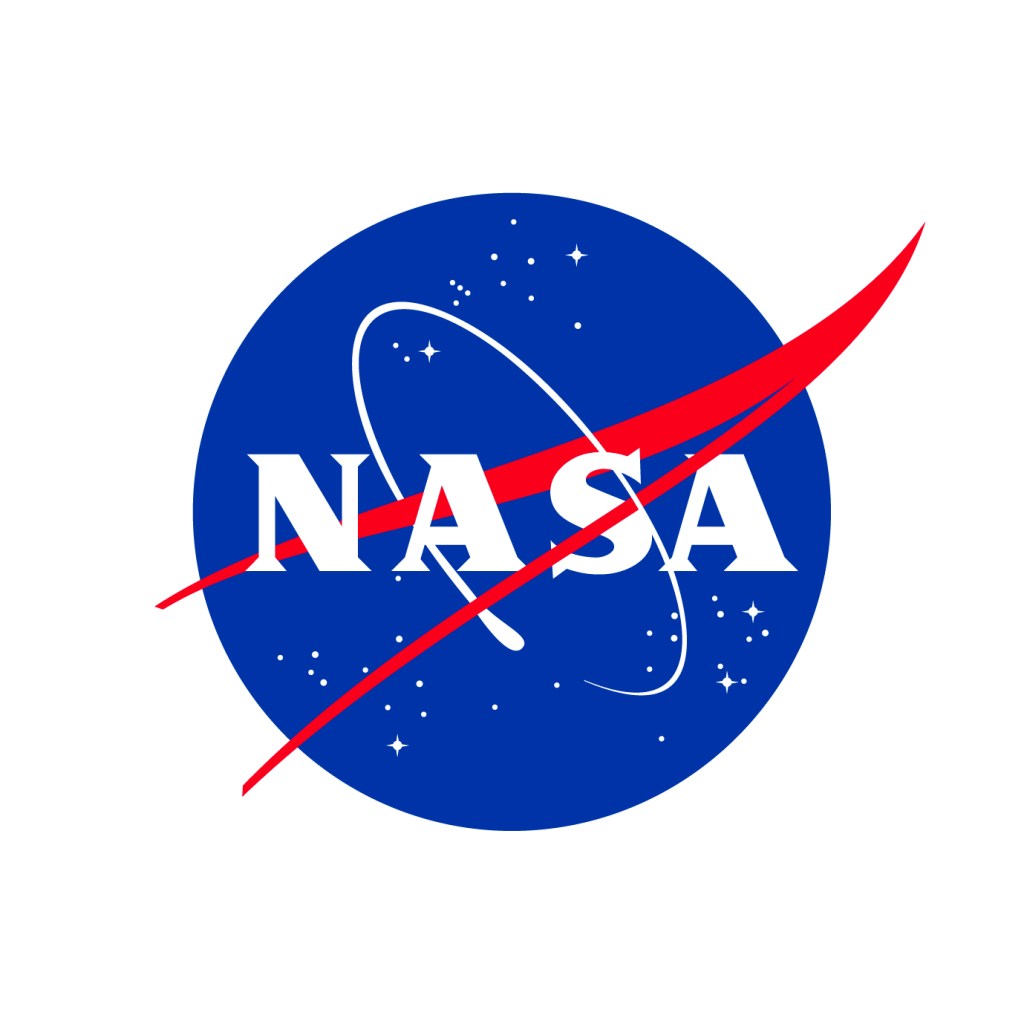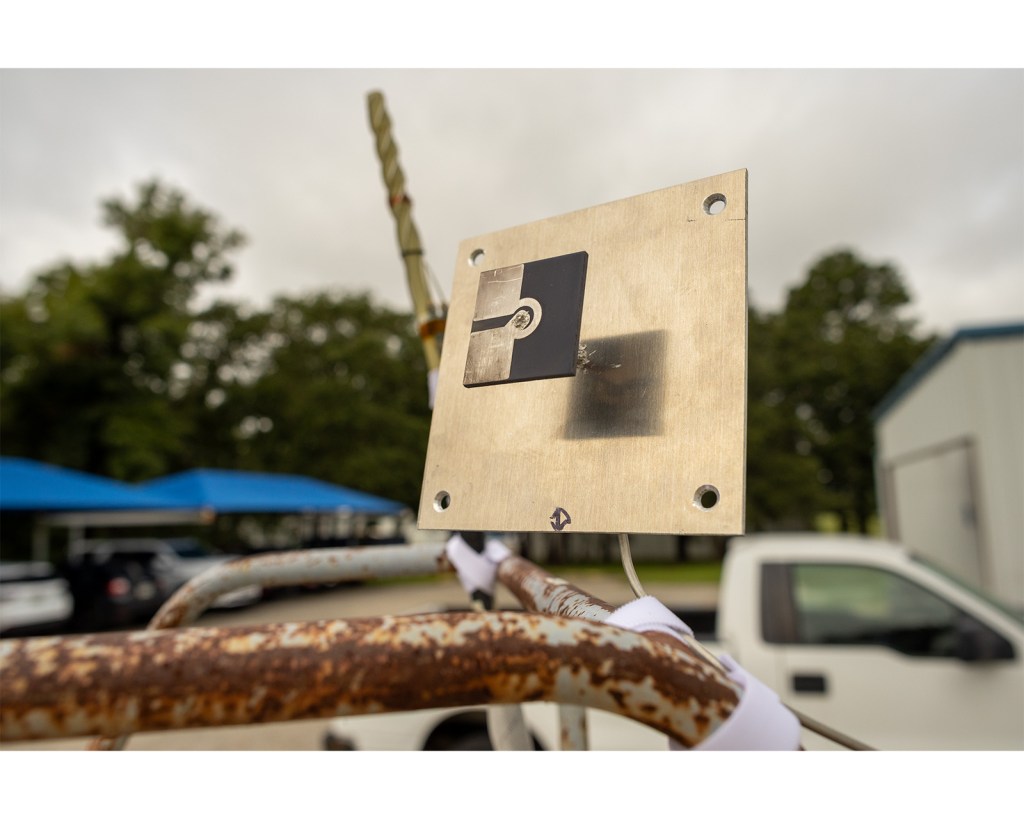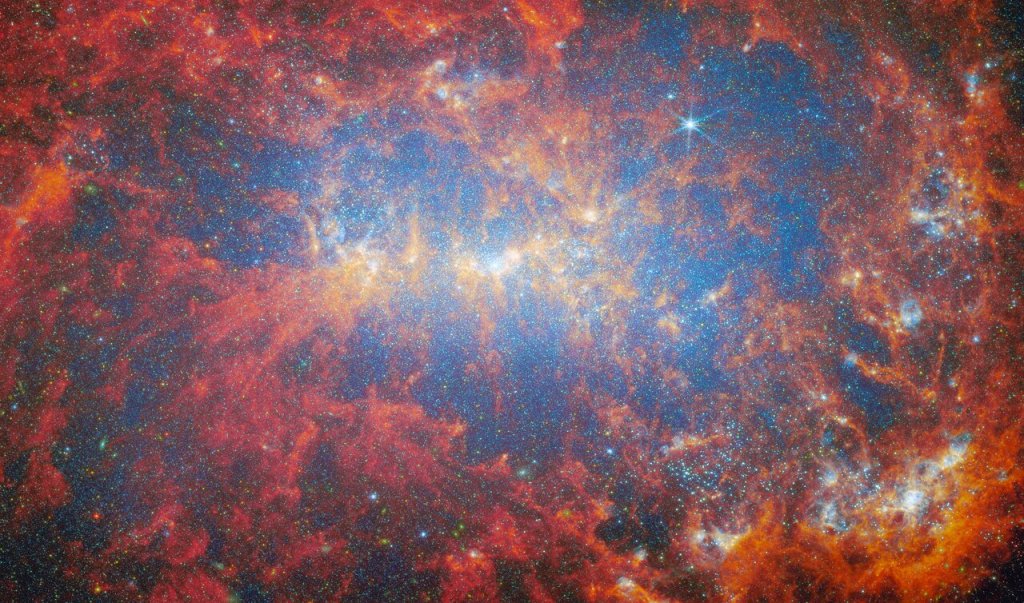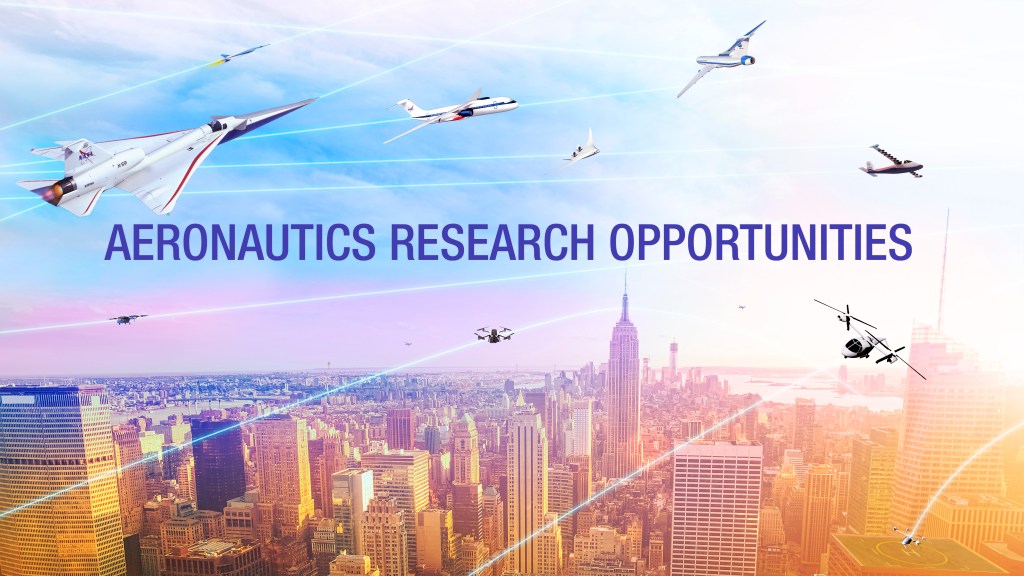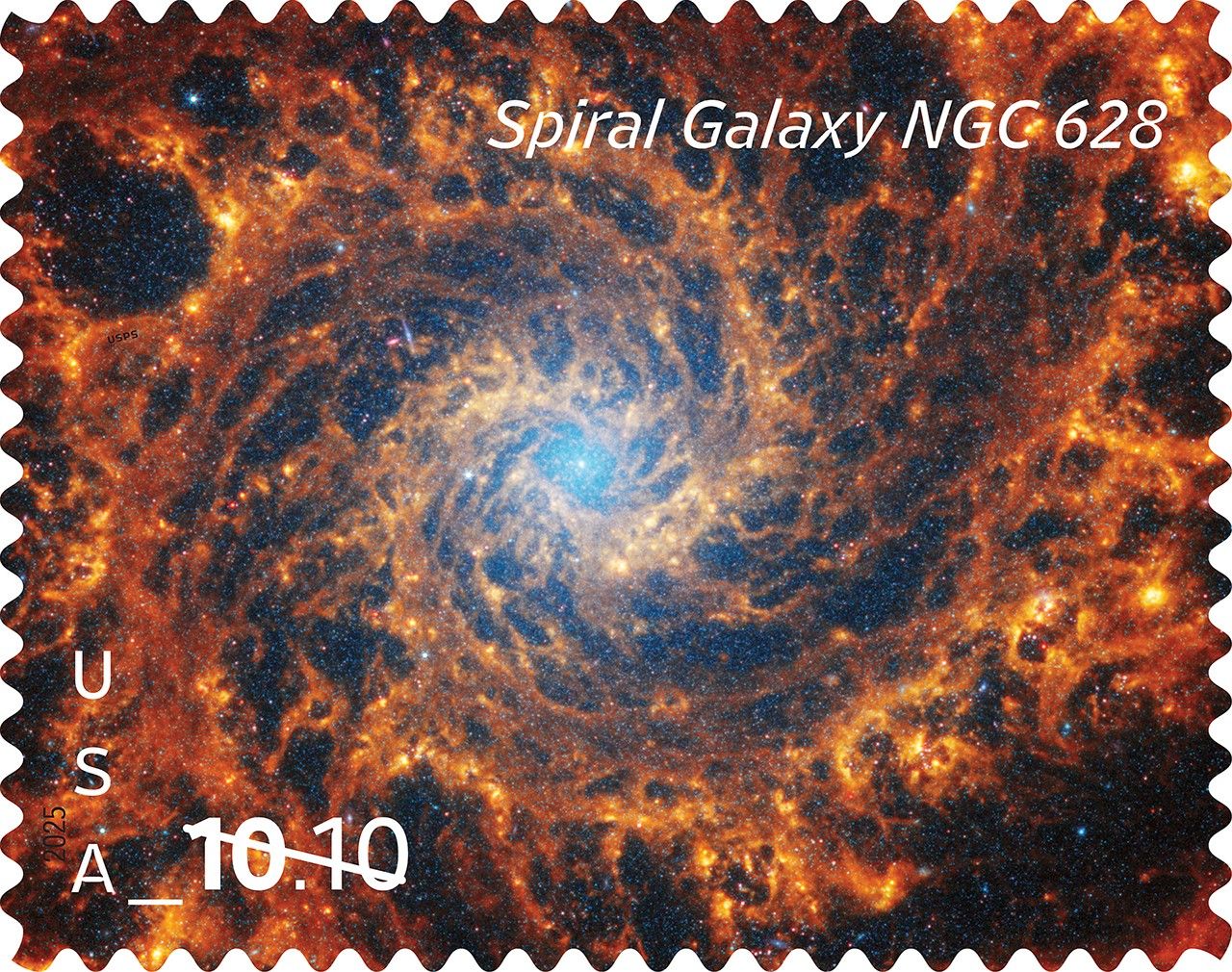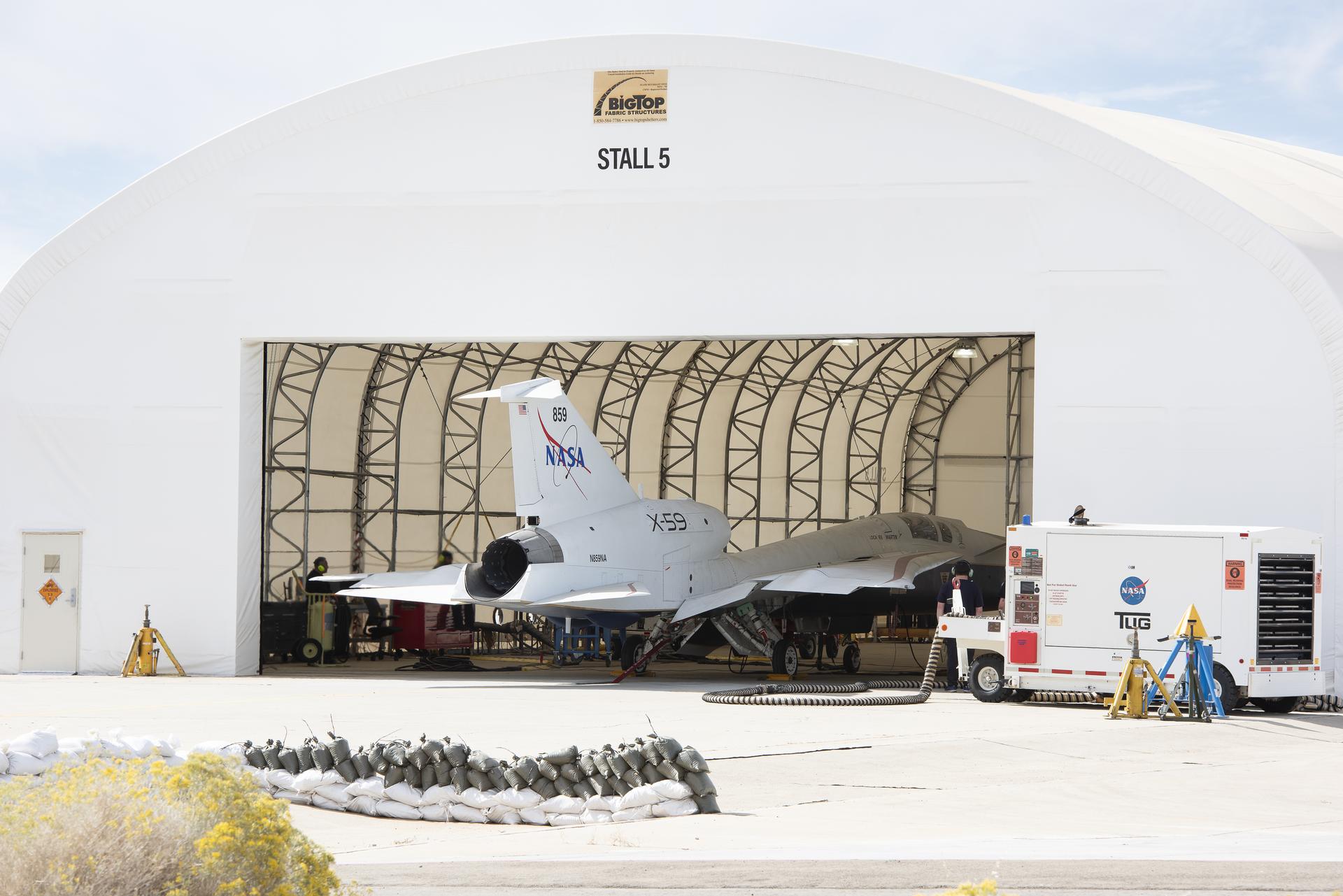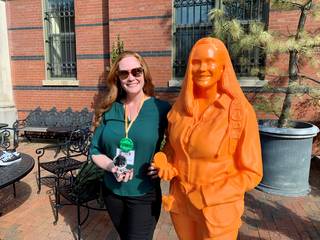Dr. Wendy Bohon combines her passions for communication and science to help fellow NASA scientists learn how to better share their excitement for science with the world.
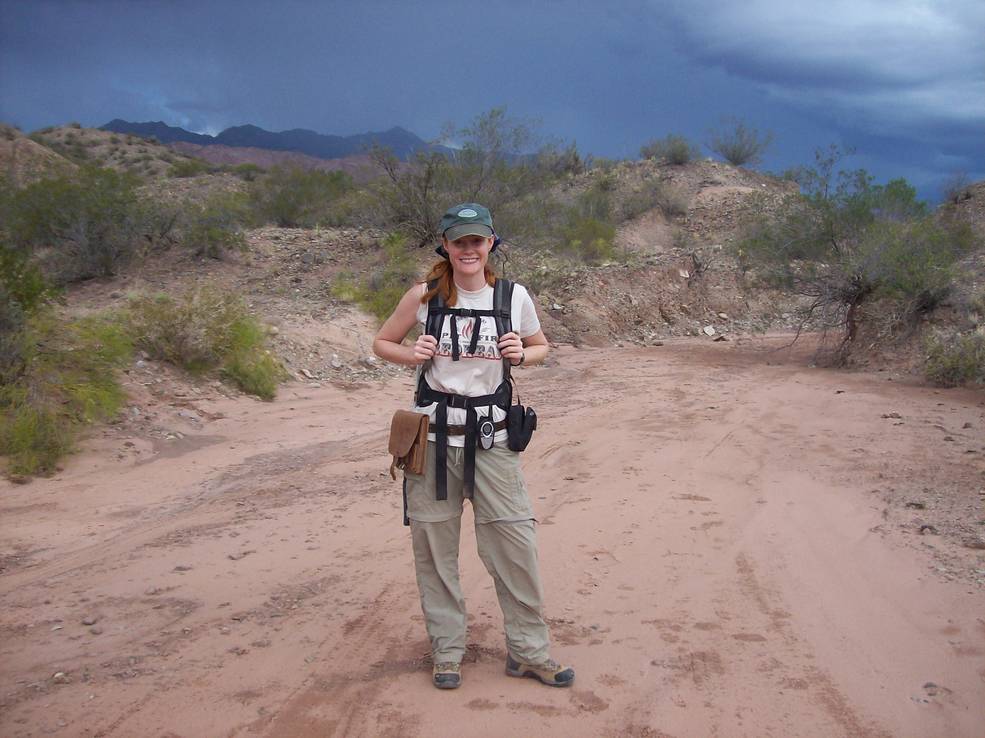
Name: Wendy Bohon
Title: Strategic Communication Specialist
Organization: Earth Science Division (Code 610)
What do you do and what is most interesting about your role here at Goddard? How do you help support Goddard’s mission?
I make sure that all the world-class Earth science work done at Goddard gets to everyone who needs to know about it in a way that is clear, relatable and useful. To do this, I help scientists refine their messaging and train them to share their science directly with different audiences.
What is your educational background?
I have a Bachelor of Arts in theater and geology from James Madison University, a masters in geology from Ohio State University, and a doctorate in earthquake geology and geoscience education from Arizona State University. I also did a post doctorate with the Earthscope National Office.
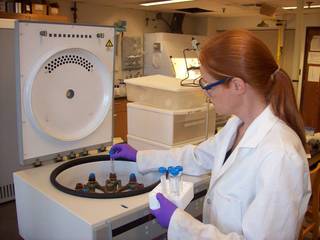
Please tell us about how you worked as actor and became a science communicator.
In college, I did plays during the school year and professional children’s theater during the summer. After college, I moved to Los Angeles and began working in TV.
Then the Hector Mine 7.1 earthquake happened. After that earthquake, I went to the United States Geological Service in Pasadena and volunteered. After a few weeks, they hired me as the outreach and education coordinator for the Southern California Earthquake Hazards Program. It was a great fit because I enjoy public speaking, plus I had the geology background to understand the science.
While I was at the United States Geological Survey (USGS), I got more interested in the science of earthquakes, and I also saw how impactful and important good communication could be to those affected by earthquakes. I went to graduate school with the idea that I wanted to return to communications armed with a better scientific understanding.
I love doing research. But lots of people are good researchers; not as many researchers are good communicators. After grad school I decided that what mattered most to me was having a positive impact on people, and I thought communication was the best way for me to do that.
After my post doctorate, my family moved to Maryland to be near extended family and I started working at the Incorporated Research Institutions for Seismology (IRIS) as an informal education specialist. After a few years I transitioned to a senior science communication role and created their science communication program, which include things like social media, science writing, creating and providing communication trainings, doing mentoring and doing lots of public communication. During 2020 alone I gave 101 talks!
How did acting make you a better science communicator?
There are skills you learn as an actor that translate directly into other types of communication. Much of communication is nonverbal, so you learn to be aware of the messages your body and face are sending. You learn to be confident speaking in front of people. You learn about subtilties of language and how important they can be in communicating messages.
Why did you come to Goddard?
I had worked with Dalia Kirschbaum previously. When she became the Earth Science director, she asked if I would be interested in this new position, and I started in September 2022.
Earth Science at NASA Goddard is incredibly broad, vibrant and important, and I’m excited to bring my communication skills to bear in this new role and to become part of the Goddard community.
What makes a good scientist?
Curiosity, resilience, and passion. Additionally, the broader your interests and experiences, the better scientist you will be. I like to encourage people to bring their whole selves to science. People don’t have to feel limited or choose just one “part” of themselves. You can be a scientist and an artist, designer, or parent. These things are not mutually exclusive.
Diversity within the scientific community is also critical. Who we are influences the types of questions that we ask, and science is about asking questions. If we only have one perspective or one type of person doing science, we may not be asking the right questions.
Why is enthusiasm so important in science communication?
No one understands or cares about science as much as the scientists doing the work. Scientists devote their entire lives to their science; they care deeply about their science. So who better to talk about it?
If I am enthusiastic about my science and I care about it, then others will too. I’ve often found that people don’t care what you know until they know you care.
What training do you offer Goddard’s scientists and engineers?
Not every person is going to be comfortable communicating across every venue. Some people like speaking at conferences, others prefer social media, others like working with kids, etc. We want to provide skill building across all different types of communication so that people can engage in the way in which they are most comfortable.
We are going to start offering trainings in areas like how to give a good poster presentation, how to present an engaging webinar, social media for scientists, scientific storytelling, knowing your audience, and giving classroom talks (among others). We plan to focus on different audiences and tools scientists and engineers need to effectively communicate.
Although targeted to scientists and engineers, anyone is welcome to attend our classes.
I talked about some of these skills in a StoryLab which I presented to NASA Goddard on Oct. 12, 2022.
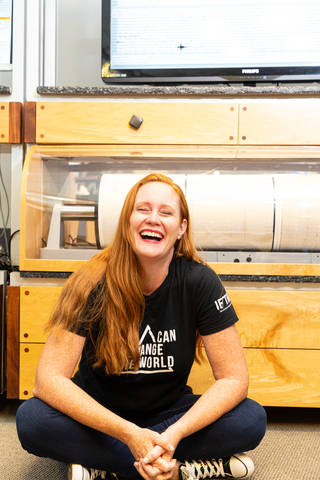
What out of the box science outreach would you like to see at Goddard?
I would like to see more art brought into the sciences. Science tends to connect with people’s intellect, but to have the greatest impact we need science to connect with people emotionally. Art is one way to do that.
How are you making science more inclusive?
I am on the advisory board for 500 Women Scientists, a nonprofit organization dedicated to making science more inclusive. We have chapters (called “pods”) all over the world, we offer skill building classes and workshops, provide opportunities for networking, and create resources to get more women’s voices into the public sphere. One of these is a website called “Gage”. Gage is a site that allows women in STEM from around the world to sign up to be a resource for media, conference organizers, teachers – really anyone looking for an expert. A few years ago, I did a video project on women in geoscience and I used this resource to find women geoscientists from all over the world.
I’m also an American Association for the Advancement of Science (AAAS) If/Then Science Ambassador. The AAAS and the Lyda Hill Foundation selected one hundred women across STEM to be high-profile role models for young girls. The phrase “If/Then” is a conditional statement with a hypothesis followed by a conclusion used in computer programming and mathematics. The group’s catchphrase is: If you support a woman in STEM, then she can change the world.
The idea is “if you can see it, you can be it.” We aim to provide greater visibility of the contributions that women make in STEM and to inspire the next generation of scientists and innovators. One way we do this is through an exhibit of life-size statues of each Ambassador that have been displayed throughout the country. The Ambassadors are also featured in museum exhibits, on trading cards, in textbooks, on TV shows like “Mission Unstoppable,” and at events like Comic Con.
What do you do for fun?
I love reading, especially fantasy and science fiction. I do a lot of hiking and outdoor activities with my family.
What is your “six-word memoir?” A six-word memoir describes something in just six words.
I want my life to matter.
By Elizabeth M. Jarrell
NASA’s Goddard Space Flight Center, Greenbelt, Md.
Conversations With Goddard is a collection of Q&A profiles highlighting the breadth and depth of NASA’s Goddard Space Flight Center’s talented and diverse workforce. The Conversations have been published twice a month on average since May 2011. Read past editions on Goddard’s “Our People” webpage.

